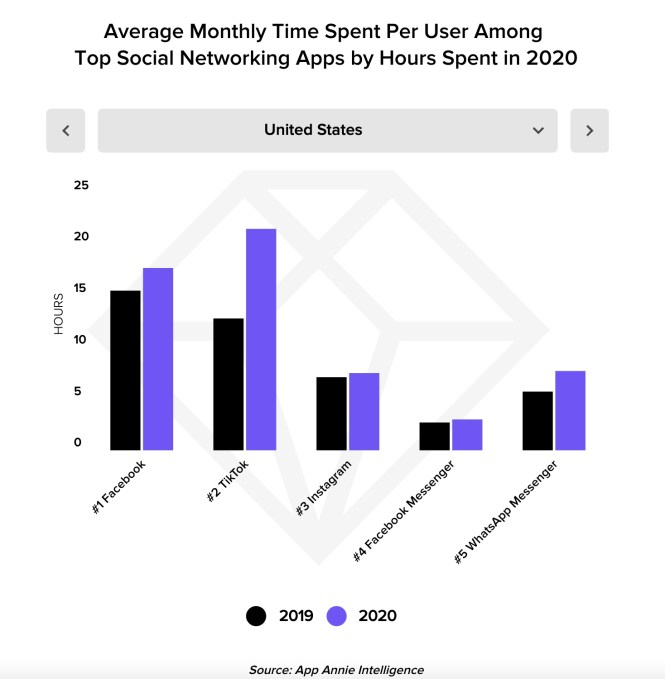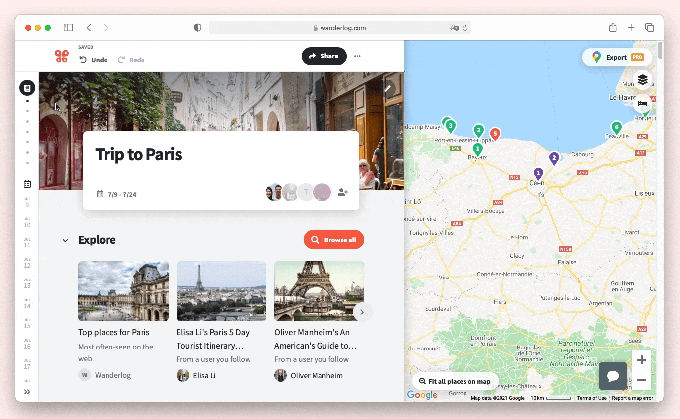News: Facebook enters the fantasy gaming market
Facebook is getting into fantasy sports and other types of fantasy games. The company this morning announced the launch of Facebook Fantasy Games in the U.S. and Canada on the Facebook app for iOS and Android. Some games are described as “simpler” versions of the traditional fantasy sports games already on the market, while others
Facebook is getting into fantasy sports and other types of fantasy games. The company this morning announced the launch of Facebook Fantasy Games in the U.S. and Canada on the Facebook app for iOS and Android. Some games are described as “simpler” versions of the traditional fantasy sports games already on the market, while others allow users to make predictions associated with popular TV series, like “Survivor” or “The Bachelorette.”
The first game to launch is Pick & Play Sports, in partnership with Whistle Sports, where fans get points for correctly predicting the winner of a big game, the points scored by a top player, or other events that unfold during the match. Players can also earn bonus points for building a streak of correct predictions over several days. This game is arriving today.

Image Credits: Facebook
In the months ahead, it will be followed by other games in sports, TV, and pop culture, including Fantasy Survivor, where players choose a set of Castaways from the popular CBS TV show to join their fantasy team and Fantasy “The Bachelorette,” where fans will pick a group of men from the suitors vying for the Bachelorette’s heart and get points based on their actions and events that take place during the show. Other upcoming sports-focused games include MLB Home Run Picks, where players pick the team that they think will hit the most home runs, and LaLiga Winning Streak, where fans predict the team that will win that day.
In addition to top players being featured on leaderboards, games have a social component for those who want to play with friends.

Image Credits: Facebook
Players can create their own fantasy league with friends to compete with one another or against other fans, either publicly or privately. League members can compare scores with each other and will have a place where they can share picks, reactions and comments. This league area resembles a private group on Facebook, as it offers its own compose box for posting only to members and its own dedicated feed. However, the page is designed to support groups with specific buttons to “play” or view the “leaderboard,” among others.
The addition of fantasy games could help Facebook increase the time users spent on its app at a time when the company is facing significant competition in social, namely from TikTok. According to App Annie, the average monthly time spent per user in TikTok grew faster than other top social apps in 2020, including by 70% in the U.S., surpassing Facebook.

Facebook had dabbled in the idea of becoming a second screen companion for live events in the past, but in a different way than fantasy sports and games. Instead, its R&D division tested Venue, which worked as a way for fans to comment on live events which were hosted in the app by well-known personalities.
The company has several other gaming investments, as well, including through its cloud gaming service on the desktop web and Android, its Games tab for streamers, and its VR company, Oculus.
The new league games will be available from the bookmark menu on the mobile app and in News Feed through notifications.





